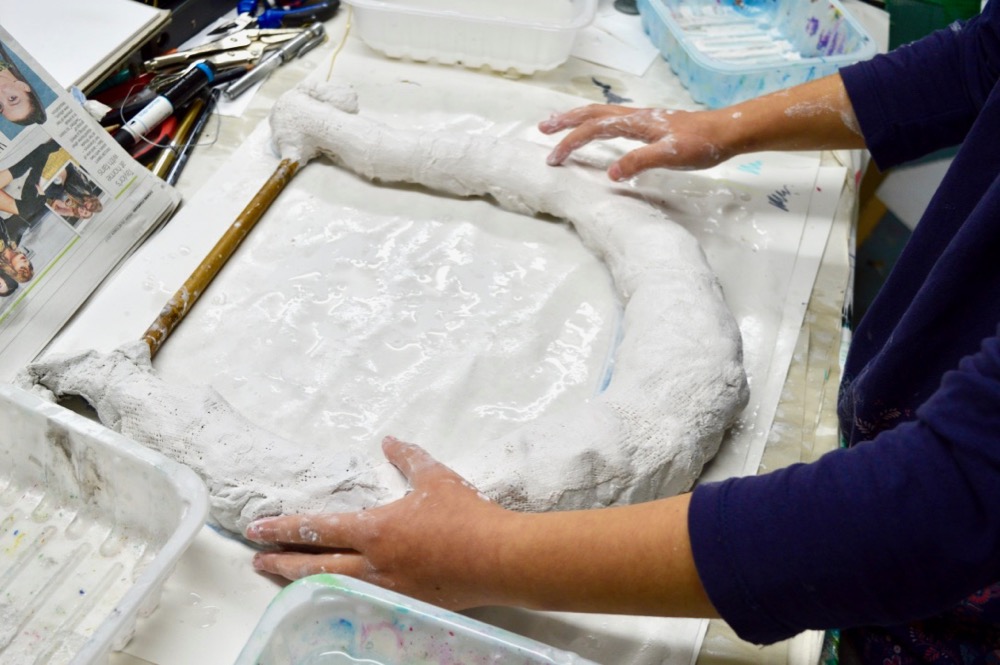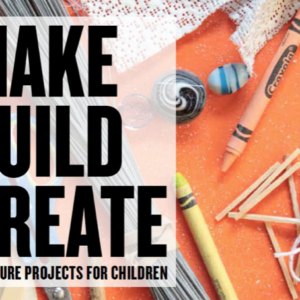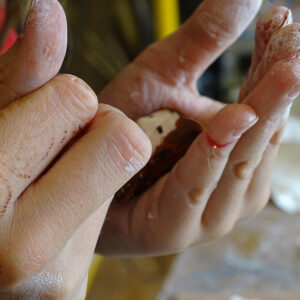By Paula Briggs and Sheila Ceccarelli
If you are a parent of a primary-aged child, please ask yourself “What did my child make with their hands this week?”
For many years, AccessArt has been actively inspiring making through the sharing of excellent practice. However small the making journey, and whether the outcome leans towards craft, fine art or design, the very act of transforming the materials of the world is one of empowerment, and the skills involved need time, space and input just like any other area of learning.

We are always so grateful to be in contact with the many thousands of inspirational supporters of visual arts education – the advocates, teachers, artist-educators, facilitators, parents, arts organisations and of course the learners themselves, who all understand the value of visual arts education, and all of whom work so hard to help nurture creativity.
However, now more than ever AccessArt is becoming aware that many children are not being given the opportunities to explore making. Schools face great time pressure to deliver “more academic” subjects, and there is a shortage of specialist teachers. Whilst many children do benefit from fantastic art teaching, others do not have art lessons on a regular basis, and the teaching can be less rigorous than in other subjects.
Evidence suggests that in 2012, 1 in 12 people worked in the creative industries, and the cultural and creative industries are the fastest growing industries in the UK*. If we do not provide our children with the opportunity to develop their creativity, and we as parents do not demand a place for creativity within our schools, then we are failing to enable our children to meet their potential, and we are not preparing them adequately for the future:
“The pipeline to the creative industries begins at preschool, continues through primary school, through to secondary school and into HE and FE. At each of these stages, and every time we fail to provide an opportunity for children and young people to explore their relationship with the world through making and drawing, we weaken this pipeline, and potentially prevent the next generation of creative individuals from helping build the creative industries of the future.” Paula Briggs, AccessArt
As parents, we want to support our schools and our children’s education, and we recognise teachers work very hard to deliver the best education possible. However, if you feel your school might do more to support your child’s creativity, then there are some simple positive things which can be done:
Show your Support and Interest
You probably know what your child is learning about in maths and english, but what about in art?
Take an active interest in art in school and find out what your child is learning about. How often do they have art lessons? What are the lessons like? What are they learning about? Which materials are they experiencing?
Ask!
Time spent making, or time spent drawing, is never time wasted: it is an investment. Art should have an equal weight to other curriculum areas, and in fact there is a body trying to move away from a focus on STEM (Science, Technology, English, Maths) towards STEAM (Science, Technology, English, Art, Maths).
If you do feel your child would benefit from more time spent on creativity, then do express your concerns to the school. There may be many reasons for the perceived lack:
- Priority given to other subject areas/time pressure on the school day. Some schools choose not to timetable art for a short time each week and instead choose to run art weeks. If a school offers pupils 1 hour art per week, that equates to approximately 39 hours of art per year. Find out how your school timetables art lessons, and if art seems thin on the ground due to time pressure, request art as a subject is given more weight. You might also want to contact the school governors with your concern.
- Lack of specialist teaching/knowledge. Most primary schools have an art or creativity coordinator who will help teachers plan the curriculum in this area. Subject knowledge can be built through organisations such as AccessArt, which aims to inspire and enable schools through the sharing of resources, or NSEAD, who have regional networks to support teachers. Make sure your school knows about these organisations and about how they support art teachers.
Please get in touch if you would like more help as a parent to help support creativity in children.
Bob and Roberta Smith Message from Sophie Leach Nsead on Vimeo.

